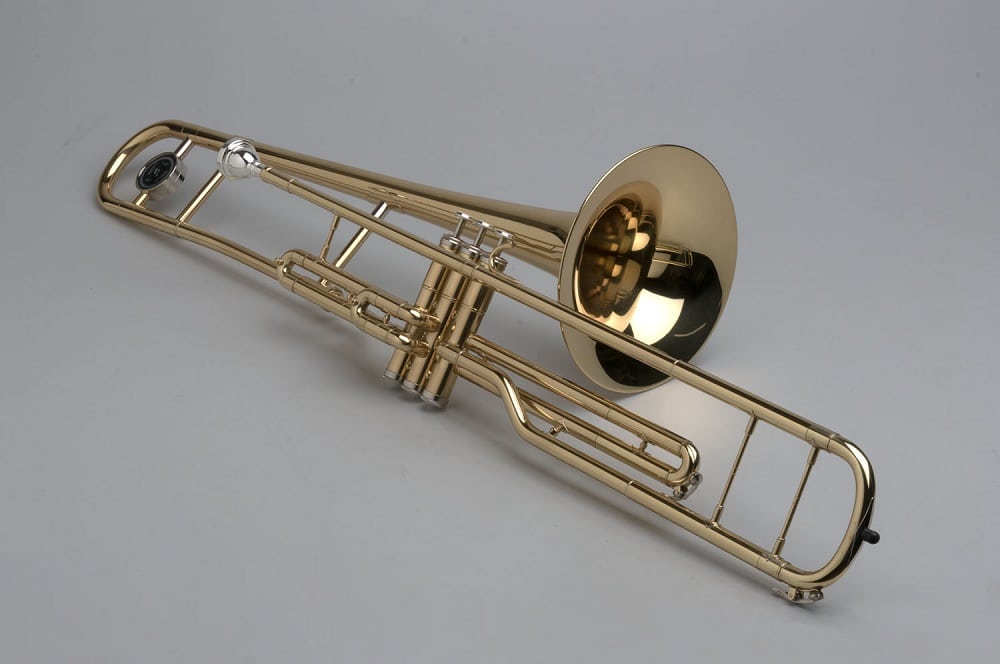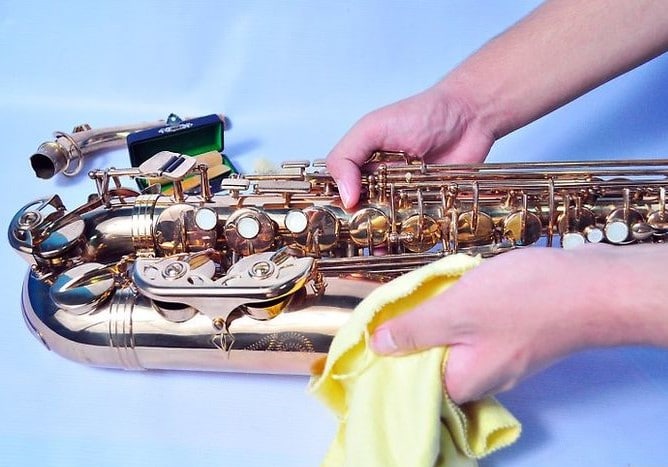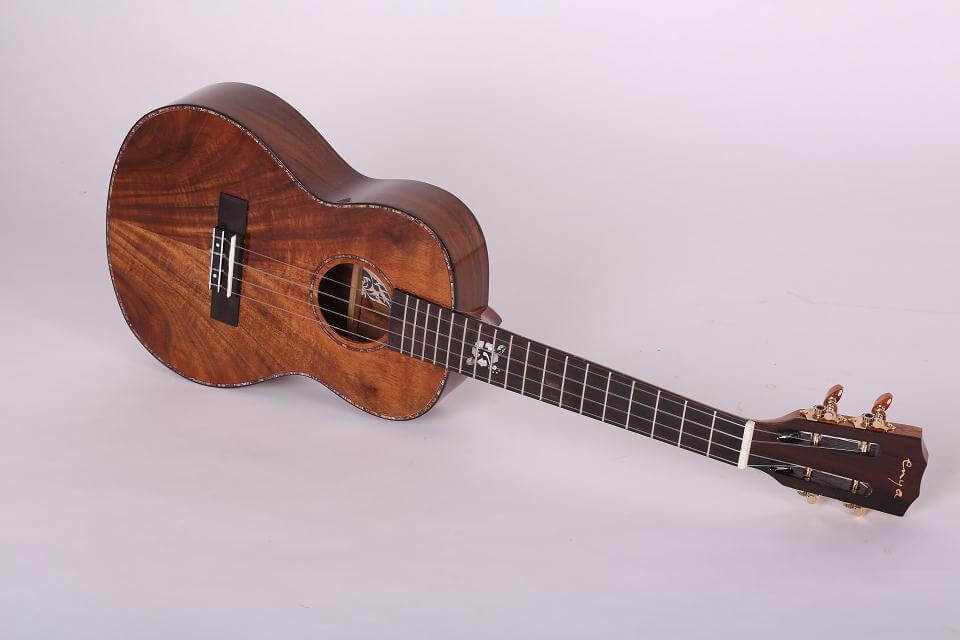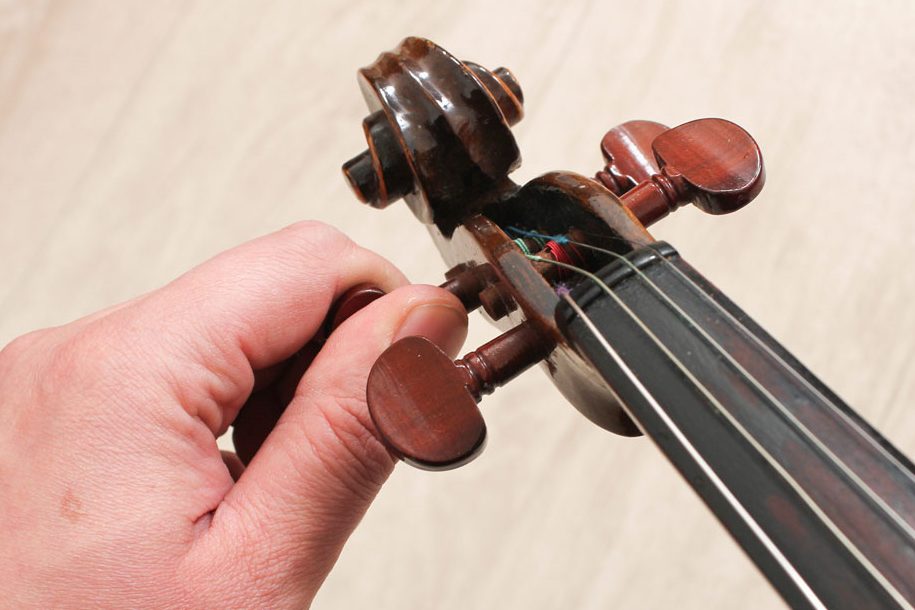A guitar amp is quite simply a way to take the sound of an electric guitar and make it louder. However, there are actually multiple ways to do this. If you are wondering how to play electric guitar without amp, there are a few things to understand about the way that an amplifier works in the first place.
Fortunately, there are some options for those who can’t afford a guitar amp or just don’t have access to one at this time. If you are just practicing at home, it really doesn’t matter whether or not you are playing through a proper guitar amp just as long as you can hear the sound that it is producing. In this guide, we look at ways to play without having to use a guitar amplifier.
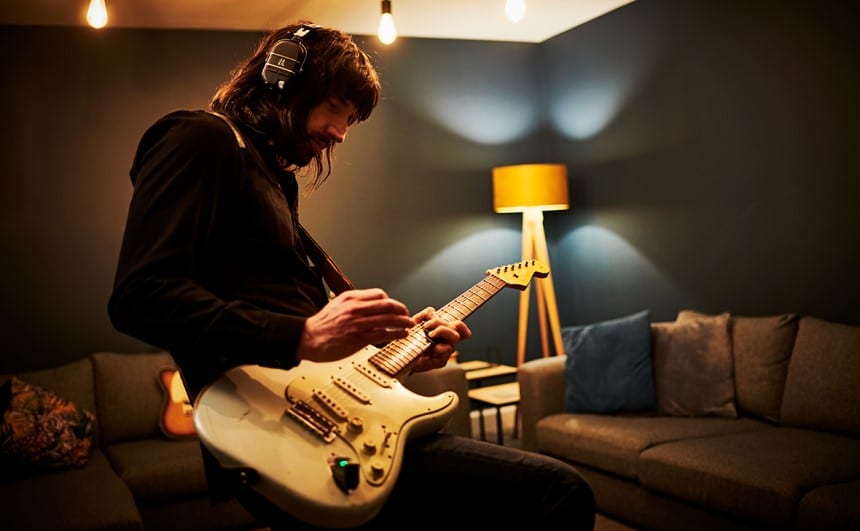
This is slightly different if you are wondering “can you play an acoustic-electric guitar without an amp?” The acoustic-electric guitar is made to work as both acoustic or electric. You can either plug it into an amplifier to play, or just enjoy the acoustic tone it generates. However, a lot of people don’t want the sound that an acoustic-electric generates. This doesn’t sound good distorted, and generally just sounds like an amplified acoustic guitar, rather than sounding like a gritty electric guitar.
If you are just looking to practice the electric guitar then the sound might be loud enough without amplification. A lot of people practice using just the natural sound of the guitar, and if there aren’t other sounds in the room then there is every chance you will be able to hear what you are doing. For playing chords and solos, if you have a decent technique you will be able to hear some tone from the guitar, but it is a fraction of the volume of any sort of amplification.
So, can you play an electric guitar without an amp? The answer is “yes” but it is far from ideal. Plus, if you’re playing with another instrument, or you want to play over a backing track, you can pretty much forget about it. Some form of amplification is required.
Luckily, this doesn’t always mean a big, expensive guitar amplifier. You might be able to use another method to play the electric guitar at a higher volume, and some of these use things you might already have around the house.
Understanding how the guitar actually produces sound in the first place gives you some idea of whether or not you should use an amplifier and why.
The basic premise of all sound is vibration. In the case of an electric guitar (or any guitar, for that matter) the vibrations are generated when you pluck or strum the strings.
If we compare the electric guitar to acoustic, you’ll notice the difference in size and shape. An acoustic guitar has a soundhole. When the strings vibrate, they resonate around this sound hole and this makes the sound significantly louder. You don’t need an amplifier.
Because an electric guitar is made with a solid piece of wood, it doesn’t have a soundhole and therefore won’t be anywhere near as loud. Acoustic guitars rely on the soundhole to act like a chamber to amplify the sound and electrics do not have this. You’ll still hear some of the vibrations, but not as loudly.
So, an electric guitar’s electronics are designed to work out the vibrations and turn them into a signal ready for an amplifier. This is done via a pickup, usually one sitting underneath the strings on the body of the electric guitar.
Pickups are usually magnetic, with thousands of turns of wire. These electromagnets turn electrical energy into movement, which means that the vibrations produce a current within the magnet’s field. This turns into an electrical signal that you can send to other equipment. For most electric guitarists this means sending the signal to an amplifier. This does the job of making the guitar sound significantly louder.
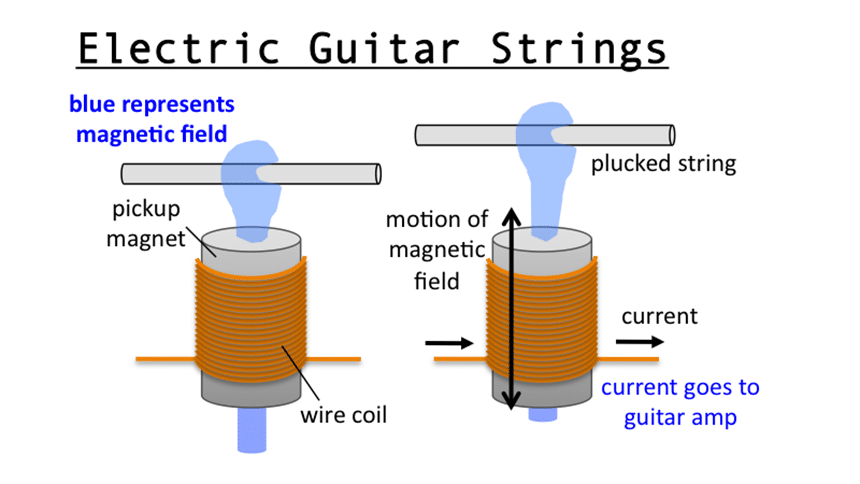
Without the pickups, your electric guitar simply wouldn’t work. You might have more than one on your guitar, and aficionados tend to spend loads of time and money making the right decisions on which pickups they use in their guitar. It is one of the vital considerations when it comes to guitar amplification.
You can buy an amplifier for under $200 and get some pretty good quality. However, you might still want to use something else to play your electric guitar. If you have a stereo system or other method in your home that you would rather use, this is possible. Guitar equipment can be pretty expensive, so you might well look to use something else for the amplification process.
The below methods are pretty simple ways that you can swap out your guitar amp and amplify in another way. It’s worth saying that it is still a good idea to use a guitar amp if you can.
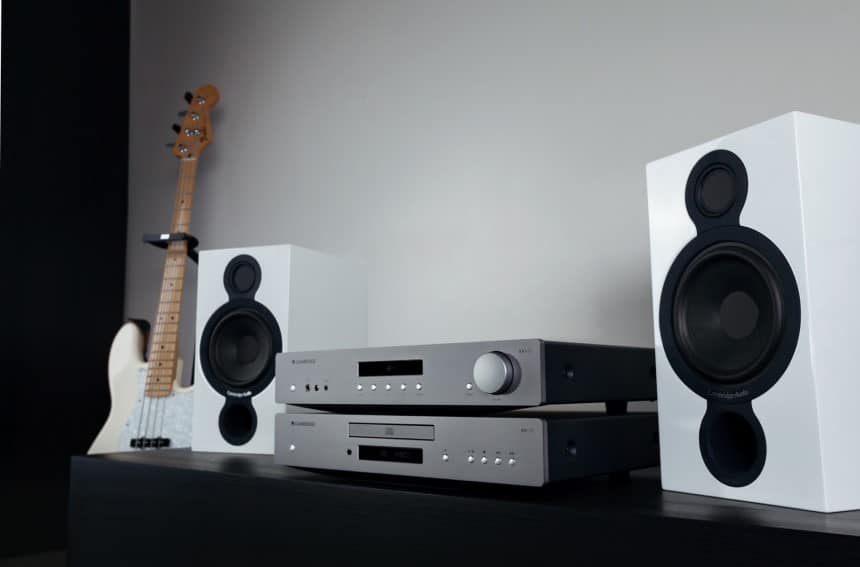
The home stereo system might have an input that you can use for your guitar. The key is using the right cables. For instance, if your stereo system has an “aux input” then you might just need a simple adapter, connecting your ¼ inch jack (the standard for guitar amps) to the ⅛ inch input.
Alternatively, an RCA or phono cable or adapter might be required. It all depends on the input of your stereo. Luckily, you can check your manual to see which is suitable for your sound system.
An adapter might cost just a few dollars on Amazon. Alternatively, you can go to your local electronics or music store and they might be able to help you out. If you have a photo of the input, or take your manual with you, a trained member of staff should be able to tell you which adapter or cable you require.
Some sound systems even have standard ¼ inch inputs. For example, the Presonus Eris 4.5 has a ¼ inch input. They’re active speakers so they don’t need a separate amplifier.
Your home stereo system wasn’t designed to specifically amplify a guitar. However, it can be used to good effect. If the system has good speakers then you can get a very high-quality sound. Some people invest a lot of money in building an incredible stereo system to get an amazing level of audio clarity. You might have invested in amazing subwoofers for bass response, and this might give your guitar a deep and thick sound when plugged into your sound system.
The main disadvantages of this method include the fact that it is not a portable option. A lot of guitar amps can easily be transported, something you can’t really do with a full stereo system.
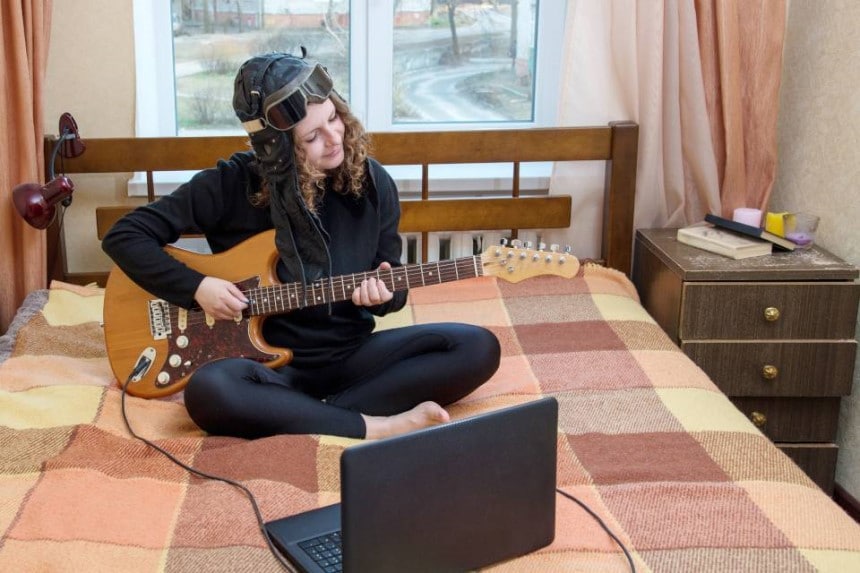
For a laptop or studio musician this is incredibly useful. Not only can you hear what you are playing through the computer speakers, you can also plug-in headphones and listen privately.
For a brief overview of how this is working, the guitar’s pickups provide a signal to the interface, which boosts it to audible levels. The signal is loud enough for the audio to be read by computer programs. From there, you can do a variety of different things by using some simple software.
It’s easy to just play and listen, but a world of new options is opened up by using your computer. In the modern age, home recording is an option, too. There are some great pieces of software you can use to alter the way your guitar sounds, and to get a clean recording, perfect for laying down a demo on the road or in the comfort of your bedroom.
Both PC and Mac are possible here. A lot of musicians prefer to use Mac as the operating system tends to lend itself to a lot of creative uses, but there are options for both, plus, the Windows operating system is great for finding lots of software. There are more virtual instruments and much more compatibility with Windows PCs. Both have a lot of positives.
Naturally, PC and Mac includes portable options, too. If you have a laptop then you can take this out and about with you, and guitar interfaces or standard audio interfaces are pretty portable, too!
Your computer might have a line input or a mic input, but these aren’t suitable for connecting to an electric guitar. Even if you had the right adapters, the audio levels would be simply too low, so you need an audio interface.
There are many different choices for guitarists when it comes to software on their computer. If you buy a specific guitar interface then it might come with software for you to install. This software might help you to get the guitar to a higher volume, but also might come with effects such as compression, reverb and delay. Guitar Rig is a very popular piece of software for people who are looking to play the electric guitar without an amp. This is an amp simulator, which does exactly what you might think based on the title. It simulates the sound of some of the most popular classic amps ever seen. Some purists will always think that it isn’t quite as good, but it is amazing to have access to all of these sounds. On top of that, guitar software comes packed with effects that you can apply to the sound. It’s great for practicing.
If you want to delve further into recording software you can get a DAW Trusted Source Digital audio workstation - Wikipedia A digital audio workstation (DAW) is an electronic device or application software used for recording, editing and producing audio files. en.wikipedia.org , or digital audio workstation. This will allow you to record your music, apply effects, layer with loops and other samples. This is how most music is made nowadays, and you can also plug amp simulators like Guitar Rig into the software to get the most out of them.
There’s not much that you can’t do with your phone or iPad these days, and you can even connect your electric guitar! There are methods to connect your guitar to your phone, whether it is Apple or Android, and the same goes for tablets. iPads and other similar tablets might be preferable as they are easier to see.
These devices have a huge amount of software that you can download and use. Apple devices automatically come with Garageband, which is a pretty powerful DAW to start out with. If you connect your guitar to it then Garageband allows you to use this guitar signal to record or practice.
Most of the interfaces have an input gain, much like a guitar amp, so you can turn your audio source up to give a clear and loud signal.
We expect there to be even more software and hardware released in the future to let you use your guitar with your phone or tablet. The fact that your phone is normally always on you makes it incredibly convenient to connect and use at any time, and wherever you are. Your phone can be like having a mini-amp in your pocket and even serve as a mini studio!
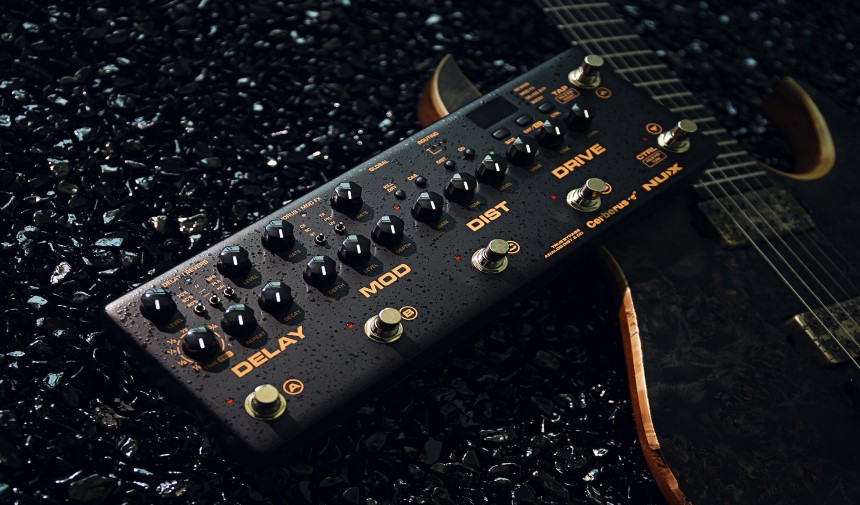
As well as having loads of different reverbs and other effects inbuilt, it has convenient pedal control meaning you can use your hands purely for playing the instrument itself. On top of that, it has cool tech features including a USB connection, so you can use this pedal in conjunction with your laptop computer.
A multi-effects pedal is great for portability. Instead of carrying around a whole pedalboard full of affects you might want to use, you can take something like the Boss GT-100 and be able to access limitless parameters in one simple device. It has superb connectivity, too.
A lot of multi-effects pedals will help you to model and shape your tone to create exactly what you are looking for, but they aren’t perfect, and may not actually provide you with the amplification you need. The effects pedal might work as an audio interface to your computer, but if not, you still need it to go into another audio device to provide you with the full sound and amplification. While these pedals might be able to do a great deal of things to the sound your guitar is creating, they are not a one-size solution. They might still need you to invest in an amp.
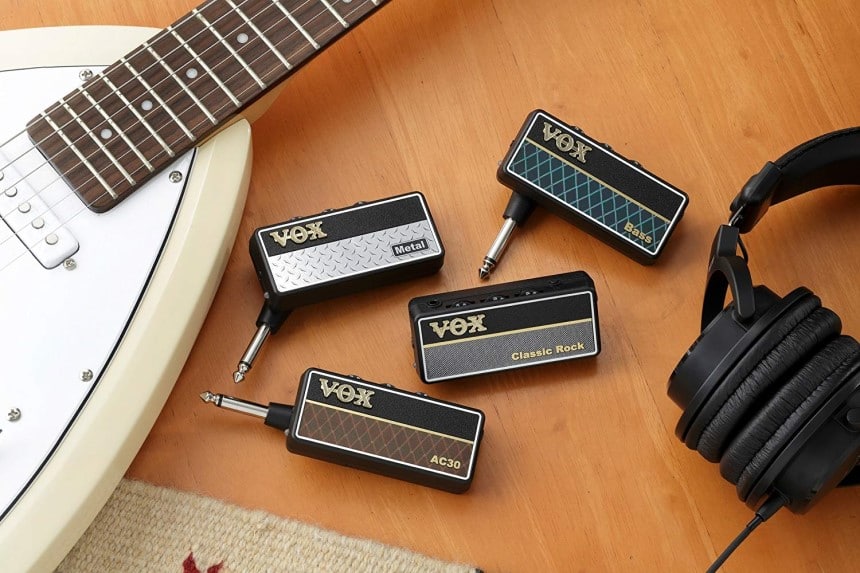
You can also use a headphone amp as a way to play electric guitar without amp. It works in a pretty simple way. There will be either a Bluetooth or wired device that plugs straight into the output of your guitar. Some of these are as small as matchbox-sized so it is no great imposition to take one out and about with you. From these, you can connect your headphones and directly listen to the sound that is created. A lot of these types of headphone amps also include an amp simulator so they sound more like a specific guitar amp.
When it comes to convenience, these products take some beating. It’s incredibly easy to set up a guitar headphone amp and this lets you listen privately with minimal equipment. If you’re just starting to learn how to play then this can be a good way to avoid some of the embarrassment that may come with the learning process. A lot of us use our headphones all the time anyway, so there’s no huge adjustment to make when you are playing without an amp by using a headphone amplifier.

This method means you don’t have anything like as much control over effects and the sound, but if you are just looking for a functional way to play electric guitar without an amp then this is certainly a simplistic method.
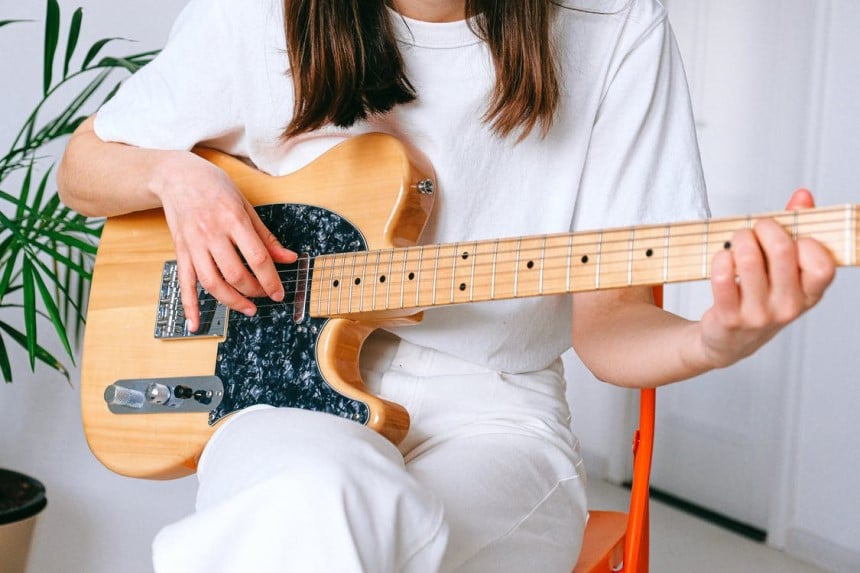
Some types of guitar, such as resonators Trusted Source Resonator guitar - Wikipedia A resonator guitar or resophonic guitar is an acoustic guitar that produces sound by conducting string vibrations through the bridge to one or more spun metal cones (resonators), instead of to the guitar’s sounding board (top). en.wikipedia.org , will be much easier to hear, because they do have some sound holes within. If your guitar is just made out of one solid piece of wood then it is not likely to cause a lot of sound, the vibrations have nowhere to resonate and no way to be amplified naturally within the wood.
Still, if you are looking to play guitar in an environment that is relatively quiet and free of distractions then there is no reason why you can’t practice like this. It’s just that this method comes with some sacrifices, such as not being able to modify your tone and play around with effects.
In an ideal world, it is best to have access to both an acoustic and an electric guitar. This can help to increase your skillset (and your finger strength) and also lets you
A guitar is not the only instrument that needs amplification. As such, there are loads of different amps on the market. It’s possible that you have an amplifier kicking around the house that wasn’t made specifically for guitar, but will this work to boost the volume of your guitar and allow you to practice or even play live?
The criteria for an amplifier are pretty simple. You just need something that you can connect your guitar to, that will boost the signal to an audible level. Of course, you want it to sound good as well, but the truth is that most amplifiers will at least do a passable job.
If you have a generic amplifier that is suitable for a multitude of instruments then of course, it will probably generate a good tone for your guitar.
Other types of amplifier include bass amps. Naturally, these amps have more of a focus on the lower frequencies to give a real presence in the low end. They might not showcase high frequencies very well at all, so things like playing guitar solos will not have the best impact. That doesn’t mean you can’t use these types of amplifiers. In theory, it will work, and you will at least get a sound that you will be able to hear.
There is a history of certain guitarists actually using bass amplifiers as their regular amp. This is because it can provide the meaty low-end crunch that some people are looking for. If you like playing big metal riffs then this sound might be something you struggle to achieve elsewhere.
There is an important distinction, if you just search for the word “amplifier” then you will see lots of results that aren’t instrument amps. These are designed for sound systems, and even car audio systems. These types of amps are just one part of the equation within these systems and aren’t suitable for your guitar amp.
However, any sort of instrument amp (which includes the speakers required) should be enough to allow you to play the guitar and hear it clearly.

Eventually, if you are going to get to a high level of musical ability and play with other musicians, an amp is a pretty essential piece of equipment. As we’ve already discussed, there are some really affordable amplifiers out there, and even portable amps that can fit in a backpack, ready for use at any practice.
However, it’s still important to learn exactly how the amps work, and what your options are as a musician. In the modern world of technology, an amplifier isn’t required in every single scenario. A lot of options allow you even more convenience than an amp. Being able to pull out your phone and use it alongside your electric guitar is absolutely fantastic, and means that you can record on-the-go.
Even if you are an incredibly talented and professional musician, it is possible that you will have times where you don’t want to take an amp with you somewhere, or find yourself without one. Having other options is fantastic.
Eventually, you might well need a guitar amplifier. But, at the start of your journey you can potentially go without if you have these other methods. Look at it this way, we don’t always have the exact equipment we want when we start out on the electric guitar journey. You might start playing with a $200 guitar when your ambition is to own a brand-new Gibson SG one day, with all the accessories. The point is that you need to get started, within this you might find that there are some other methods to amplify the sound while you are practicing that are more convenient for you. Eventually, that vintage amplifier might be yours.
If you are carrying around your guitar all day, you might not want to carry an amplifier too. Luckily, there are some solutions out there and following the tips in this guide can help you to enjoy the tone of your instrument wherever you are.
Once you start to look into the ways to play electric guitar without an amp being needed you will notice that there are quite a few ways, and you might even have a sound system already within your home that can do the job. Some of the methods require you to invest a little in some form of gadget, such as an audio interface, but some other methods might just need you to spend a few dollars on an adapter or even no money at all if you have the right equipment, or decide to play unamplified.
It’s good to have the option to run your electric guitar through an amp, but we’ve proved here that it isn’t 100% essential.
